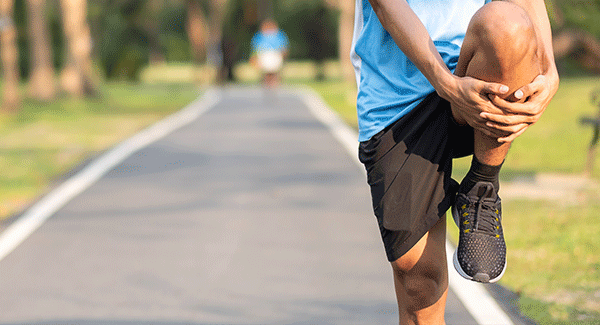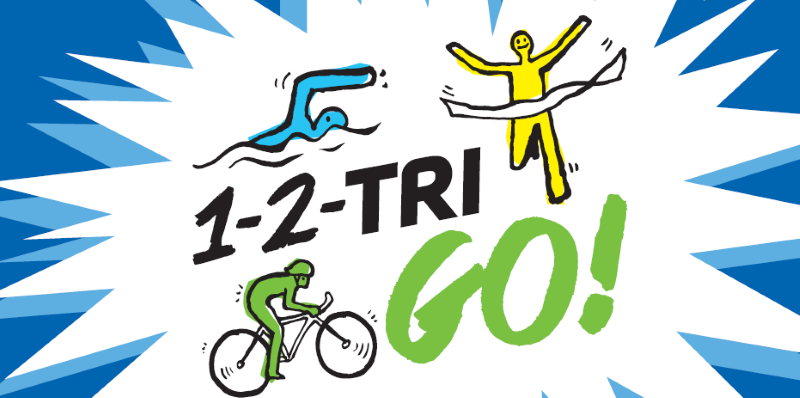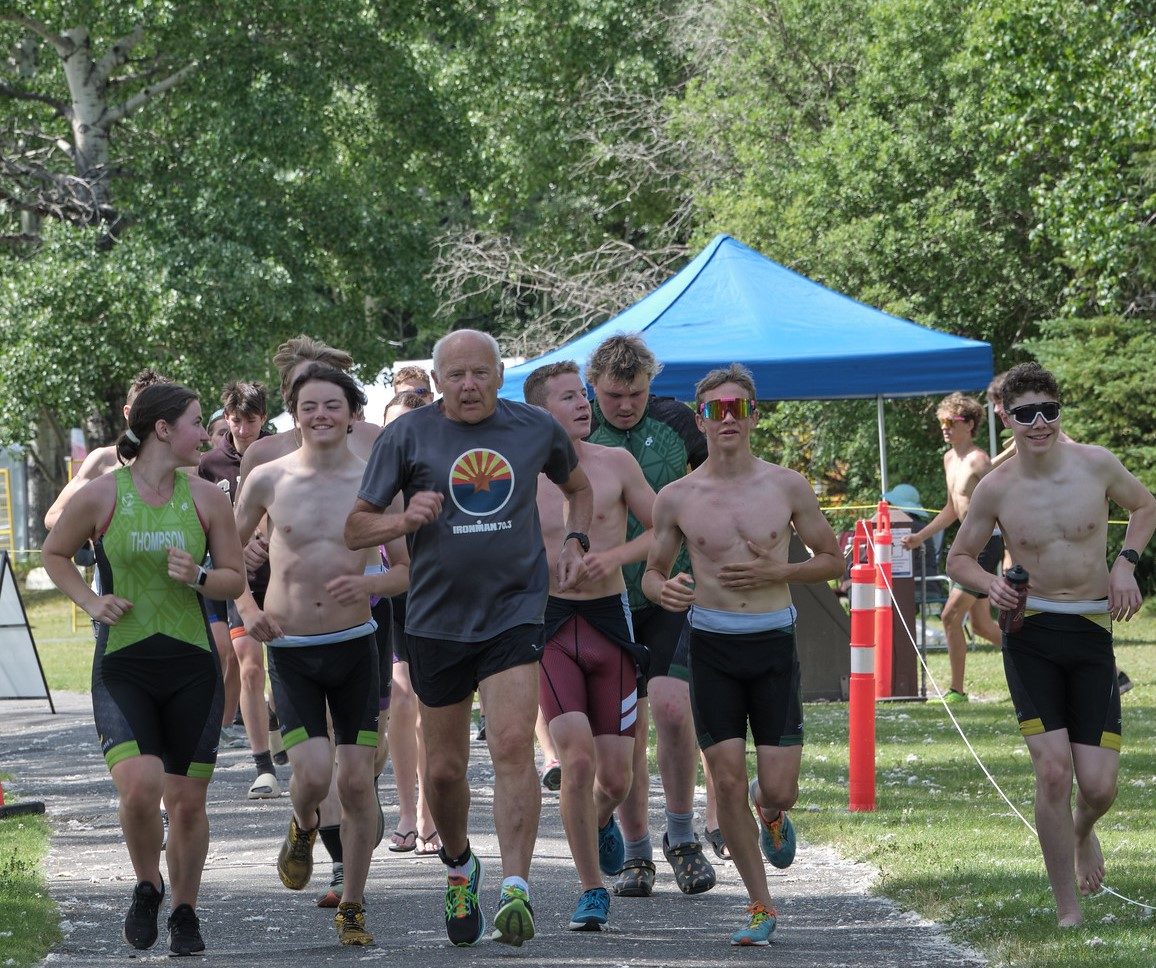By Katie Meredith, Performance Rehabilitation Coach
‘I’m just so TIGHT!’ ‘I definitely need to stretch more.’ ‘I can’t even reach my hands past my knees!’
We’ve heard it all before. Being ‘inflexible’ is commonly viewed as a hindrance to our bodies and stretching is commonly viewed as the answer. Before exercise, after exercise; static or dynamic – there are plenty of different approaches to limbering up!
But what does it mean to be more flexible, or more mobile? Do we really need to be able to touch our toes or tie our legs in knots?
Let’s first establish what stretching does. When we lengthen a muscle, we can facilitate more movement at a joint. When programmed appropriately and used in conjunction with the right exercises, static stretching may be of use; in other cases, dynamic stretching might be the best course of action. It all depends what you’re doing and what you need.
Static or Dynamic, Before or After?
Stretching receives some interesting attention in scientific evidence and its application in sport has definitely changed over time. Static stretching involves holding a lengthened muscle for a length of time. Dynamic stretching usually involves more fluid movements, rather than holding still. Static stretching was often perceived as the ideal ‘warm up’ before physical activity.
We now know that stretching, particularly long, static stretching (greater than 60 seconds), acutely decreases the ability for a muscle to produce force1. Neural triggers for contraction are inhibited, which can reduce the ‘stiffness’ and overall contraction speed of the muscle. This is especially important for powerful movements like jumping and sprinting, where a fast contraction is paramount for performance. Static stretches alone are not the ideal way to start your sweat session.
A good warm up, however, (particularly for workouts where speed and power are not the focus) could involve static stretching when combined with some dynamic movement2. Replicating more athletic movements in a warm up, such as leg swings, trunk rotations and chest openers, may be of more benefit to preparing the body for work. One key importance of a ‘warm up’ is just that – to increase core temperature – so these dynamic exercises should focus on movement and good range of motion.
Today, we know that static stretching doesn’t do much to prevent injury. It may help to facilitate movement at a joint acutely, but emphasis long-term should be on strength and movement control to maintain any change in range.
Flexibility vs Mobility
Rather than increasing ‘flexibility’, a better outcome to focus on may be to increase ‘mobility’. What’s the difference? ‘Flexibility’ is the ability to passively move a joint through its range – i.e., an external force is helping achieve a certain range of motion at the joint. ‘Mobility’ is the ability to do this actively, or unassisted. For example – if you grab your toes in a straight legged, sitting position, you may be deemed to have ‘flexible hamstrings’. However, if you could stand and lift your leg to the same angle as your ‘toe touch’, and move your hip through its full rotary range of motion, this might be a better display of ‘good mobility’.
The key difference is your control over the movement. With better mobility, our joints can actively move more and therefore have increased capacity to tolerate load. Plus, the greater the variety of positions that joints are exposed to, the greater this capacity becomes. Injury occurs when the external load exceeds capacity.
So what should I do to increase ‘mobility’?
First, we need to facilitate more movement at the joint. This could involve acutely lengthening structures (i.e. light stretching of muscles and fascia – the stuff that connects tissue in our bodies) that may prevent movement. You may have used a foam roller or a lacrosse ball to do this. Then, the focus should be on building strength and control through our joints to able to move in these new ranges. Here’s an example of a great exercise for hip mobility:
4-point kneeling hip circles
In a 4-point kneeling position, try to make a ‘circle’ at your hip joint, without moving through your lumbar or thoracic spine. Go slowly. Focus on using your glutes to create the biggest movement possible without compensation.
The Conclusion
Stretching should not totally be ignored in physical activity. Static stretching can be used to help movement in the short term but should not be applied before powerful, strength-based workouts. It’s a great addition to a full body warm up, as long as more sport-based movements are also a staple part of the process. Working on our active mobility is a great way to create more resilience in our bodies, so they can withstand more force and reduce our risk of injury.
Unsure how to incorporate stretching into your workout or injury rehabilitation? Book a consultation with one of our strength & conditioning or performance rehabilitation coaches.
Triathlon BC members can save up to 25% off select performance analyses, services and lodge accommodations at Fortius Sport & Health. REDEEM HERE. Use code TriFortius2020.
References:
- Janes, William & Snow, Brandon & Watkins, Caisie & Noseworthy, Elecia & Reid, Jonathan & Behm, David. (2016). Effect of participants’ static stretching knowledge or deception on the responses to prolonged stretching. Applied Physiology, Nutrition, and Metabolism. 41. 10.1139/apnm-2016-0241.
- Opplert, Jules & Babault, Nicolas. (2017). Acute Effects of Dynamic Stretching on Muscle Flexibility and Performance: An Analysis of the Current Literature. Sports Medicine. 48. 10.1007/s40279-017-0797-9.






